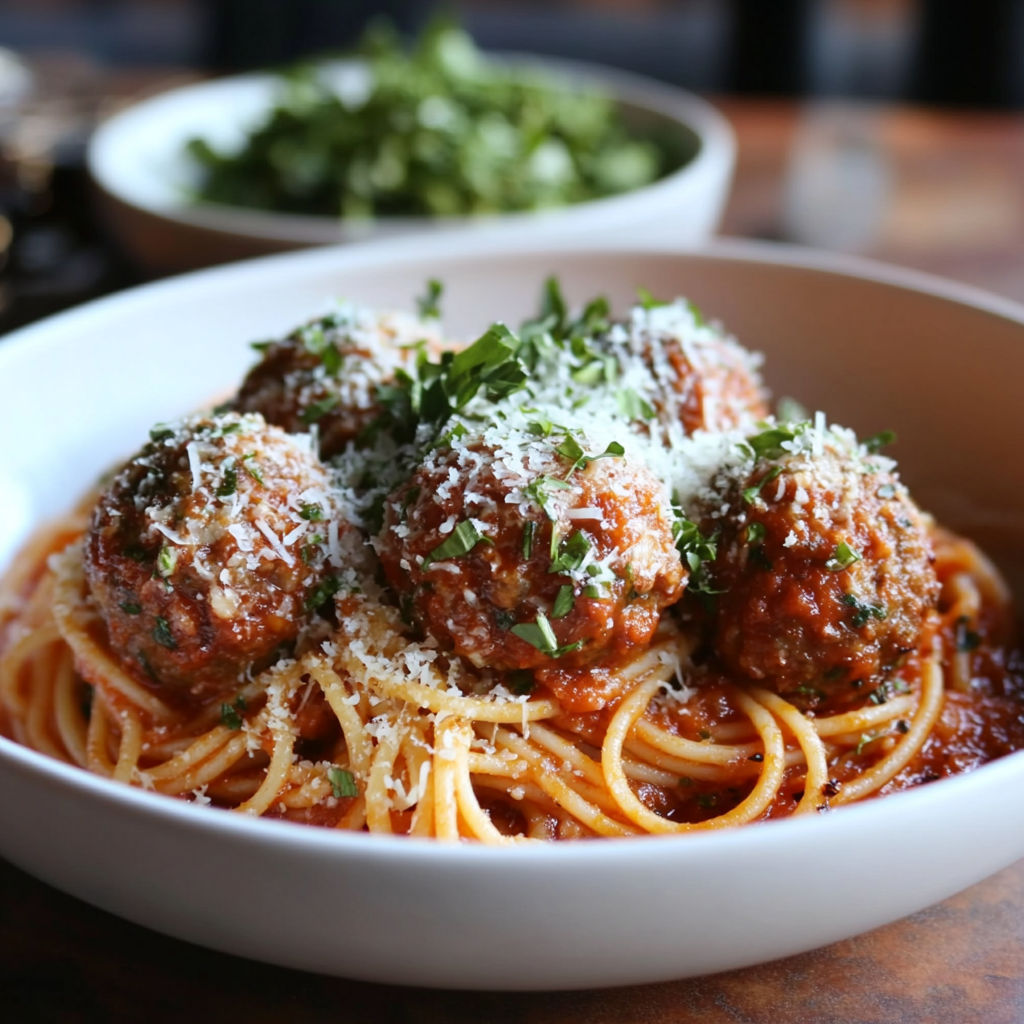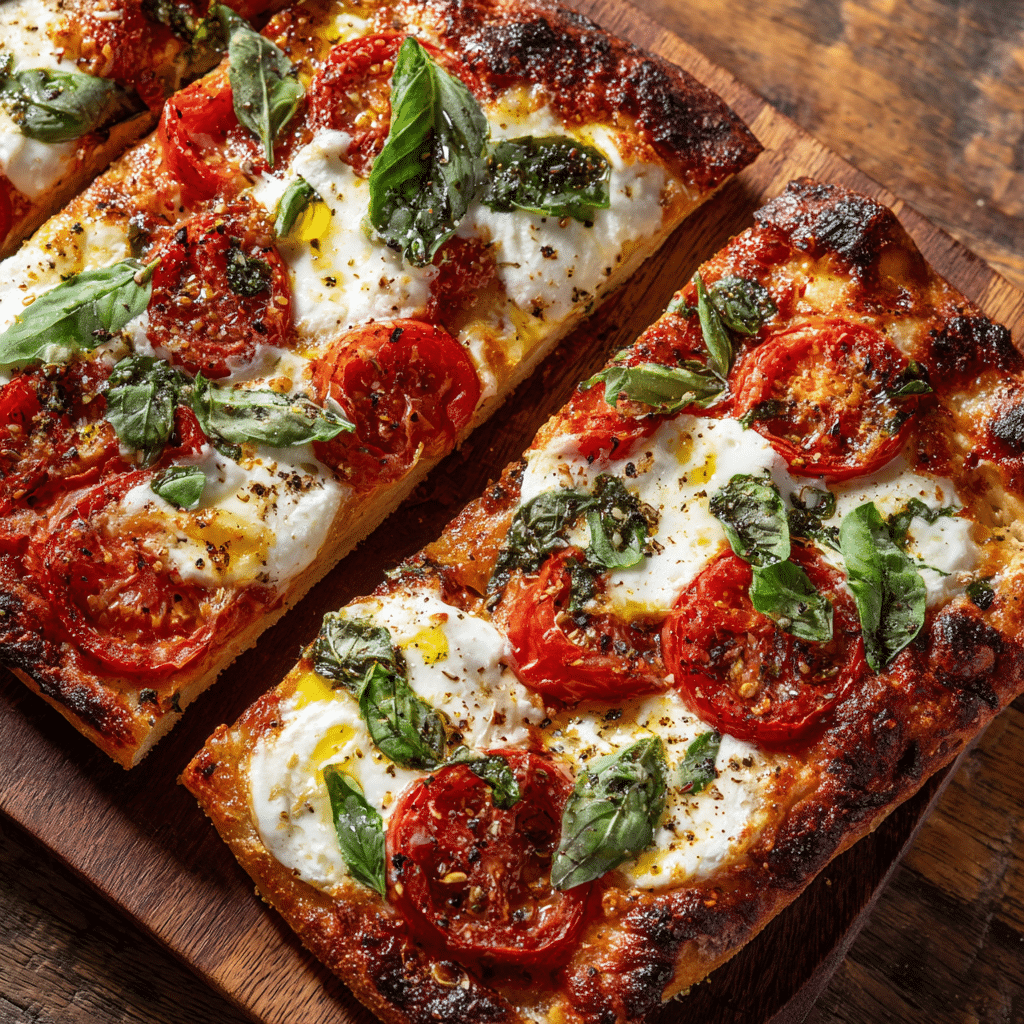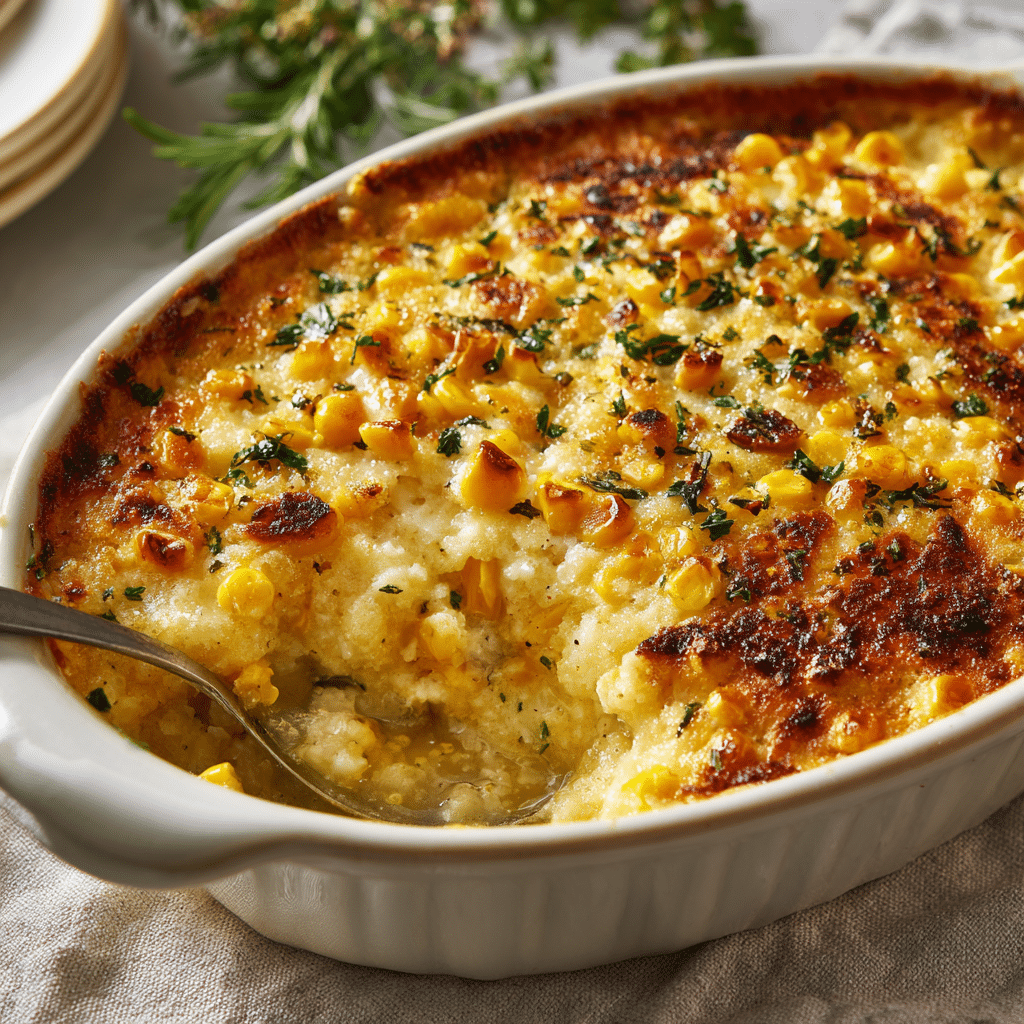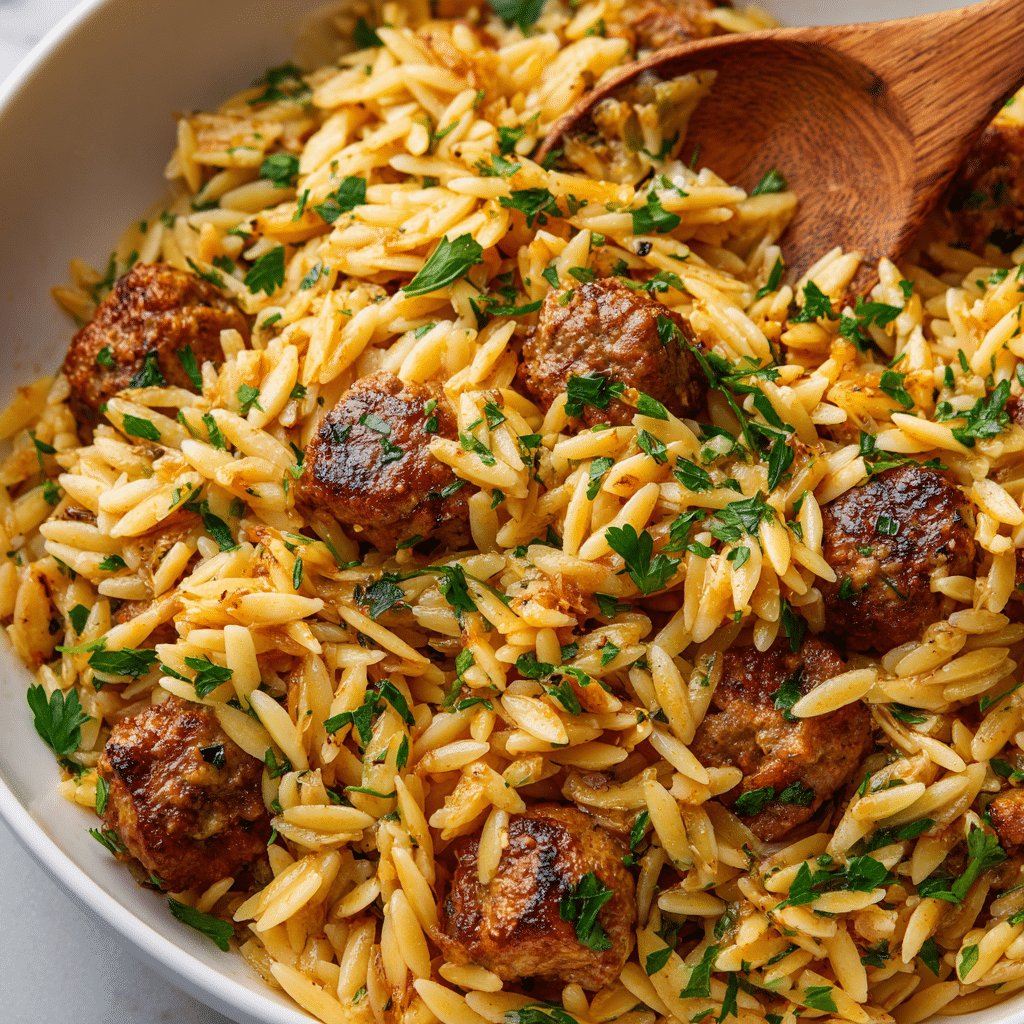If there’s one dish that truly embodies the soul of Italian home cooking, it’s authentic Italian meatballs—or as we say, polpette. These aren’t the oversized meatballs swimming in a lake of marinara on spaghetti that American-Italian diners serve (delicious as they are). The real-deal Italian meatball is humble, tender, and loaded with tradition, often served without pasta and always with love.
This Italian meatballs recipe authentic version is exactly how my Tuscan grandmother made it. Simple ingredients, classic techniques, and centuries-old flavor.
Ingredients (Authentic Italian Version)
For the Polpette:
-
500g (1.1 lb) ground beef (or 50/50 mix of beef and pork)
-
1 cup day-old bread, soaked in milk and squeezed
-
1 large egg
-
3 tbsp grated Parmigiano-Reggiano
-
2 cloves garlic, finely minced
-
2 tbsp fresh parsley, finely chopped
-
1 tsp salt
-
½ tsp freshly ground black pepper
-
Optional: pinch of nutmeg
For Frying:
-
Extra virgin olive oil (not deep frying—just enough to coat the pan)
Prep and Cooking Time
-
Preparation: 15 minutes
-
Cooking: 25–30 minutes
-
Total Time: Approx. 45 minutes
-
Serves: 4–6
Instructions
Step 1: Prepare the Bread
Soak day-old bread in milk until soft. Squeeze out excess moisture and crumble it into a large mixing bowl.
Step 2: Mix the Meat
Add the ground meat, egg, grated cheese, garlic, parsley, salt, pepper, and nutmeg to the bowl with the bread. Mix gently with your hands until just combined. Avoid overmixing to keep the meatballs tender.
Step 3: Shape the Meatballs
Form small meatballs, about the size of a walnut. Italian meatballs are traditionally smaller than American versions.
Step 4: Pan Fry the Meatballs
Heat a few tablespoons of olive oil in a skillet over medium heat. Fry the meatballs in batches, turning to brown on all sides. Don’t overcrowd the pan. Each batch should take about 7–10 minutes.
Should You Add Sauce?
In Italy, meatballs are usually served on their own—perhaps with sautéed greens or rustic bread. However, in southern regions like Calabria or Sicily, meatballs are occasionally simmered in passata (strained tomato sauce).
Here’s a simple authentic tomato sauce if you wish to add it:
-
2 tbsp olive oil
-
1 clove garlic, lightly crushed
-
400g (14 oz) passata
-
Salt and a few fresh basil leaves
Simmer the sauce for 15–20 minutes, add the meatballs, and simmer for an additional 10 minutes.
The Role of Ingredients in Authentic Italian Meatballs
-
Bread soaked in milk: Gives softness and structure.
-
Egg: Binds without making the mixture dense.
-
Parmigiano-Reggiano: Adds umami and authentic flavor.
-
Parsley & garlic: A staple pairing in rustic Italian dishes.
-
Nutmeg: A northern Italian touch that adds warmth.
Serving Suggestions (The Italian Way)
-
Without Pasta: Serve as antipasto or main dish with crusty bread.
-
With Vegetables: Sautéed escarole, spinach, or roasted fennel.
-
As a Stew: Add to brothy soups with chickpeas or lentils.
Why This Recipe Is Perfect for Winter
This italian meatballs recipe authentic is soul-warming. It’s the kind of dish you make on a cold winter’s evening when family gathers around the table, hands wrapped around a warm bowl, hearts full of comfort.
Common Mistakes to Avoid
-
Overmixing the meat: Results in dense, tough meatballs.
-
Using dry breadcrumbs instead of soaked bread: Changes the texture drastically.
-
Overcooking: Makes them dry. Watch your timing!
Storage and Freezing
-
Fridge: Keep cooked meatballs for up to 4 days in a sealed container.
-
Freezer: Freeze uncooked meatballs on a tray first, then
Cooking Like a Nonna: The Importance of Tradition
Authentic Italian cooking isn’t about measuring to perfection—it’s about instinct. In traditional kitchens, grandmothers didn’t rely on precise tools. They used their senses: the touch of the dough, the aroma of garlic in the pan, the sound of simmering sauce. This italian meatballs recipe authentic captures that spirit. It’s not just a dish; it’s a piece of living culture, meant to be cooked slowly, tasted thoughtfully, and shared generously.
Small Batch vs. Big Batch: Cooking for Now and Later
While this recipe is tailored for four to six servings, it scales beautifully. In Italy, especially in larger families, meatballs are often made in quantity, rolled one by one while stories are shared around the table. If you’re cooking ahead, you can freeze uncooked meatballs in a single layer, then store them in bags for easy access. It’s a time-saving habit that doesn’t compromise flavor or texture.
Why No Pasta?
One of the most common misconceptions is that meatballs are always served with spaghetti. In truth, traditional Italian cuisine keeps them separate. Polpette are usually a second course, enjoyed with sautéed vegetables, beans, or rustic bread. Pairing meatballs with pasta is a practice born in Italian-American communities, a practical and economic adaptation that became iconic abroad. Both are delicious, but it’s important to recognize the cultural distinction.
Regional Pride and Family Secrets
Every region in Italy has its own version of meatballs. In Sicily, sweet and savory notes come through with raisins and pine nuts. In Abruzzo, lamb may be used, often seasoned with pecorino and mint. In the north, veal or game meats appear more frequently. These differences are more than culinary—they’re deeply tied to geography, history, and even the seasons. What unites them is the intention behind the meal: nourishment, family, and tradition.
How to Turn This into a Sunday Family Meal
Sunday lunch, or pranzo della domenica, is a cherished tradition in many Italian households. It’s the time when the extended family gathers, the table is set with care, and food is served in multiple courses. Meatballs often feature as the second course after a pasta starter. To create a true Sunday experience, start with a simple pasta al pomodoro, follow with meatballs served alongside sautéed greens or roasted potatoes, and end with a light dessert like panna cotta or fresh fruit. Add a bottle of wine and the warmth of good conversation, and you’ve recreated an authentic Italian Sunday.
Making It Kid-Friendly
Italian meatballs are perfect for children. They’re soft, flavorful, and easy to eat. To make them even more appealing to kids, shape them slightly smaller and skip the red pepper or nutmeg. Serve them with plain pasta or mashed potatoes, and offer grated cheese on the side. You can even get your children involved in shaping the meatballs—just make sure to supervise their hand hygiene. Cooking together turns the meal into a learning experience and a family memory.
What to Serve on the Side
Since pasta is usually not served with meatballs in Italy, consider more traditional sides. A fresh fennel and orange salad offers a crisp contrast. Roasted vegetables like zucchini, eggplant, or bell peppers bring color and sweetness. For a heartier meal, add polenta or risotto. Bread is a must—something crusty to soak up the juices and sauce. Don’t forget a small antipasto to begin the meal, such as olives, artichokes, or prosciutto.
Tips for Hosting an Italian Dinner
When hosting an Italian-style dinner featuring authentic meatballs, simplicity and quality are key. Use fresh ingredients, allow enough time to cook at a relaxed pace, and focus on presentation without overcomplicating it. Set the table with natural materials like linen or cotton, offer a carafe of red wine, and play soft instrumental Italian music in the background. The meatballs should be the star of the meal, but the environment will elevate the entire experience.





